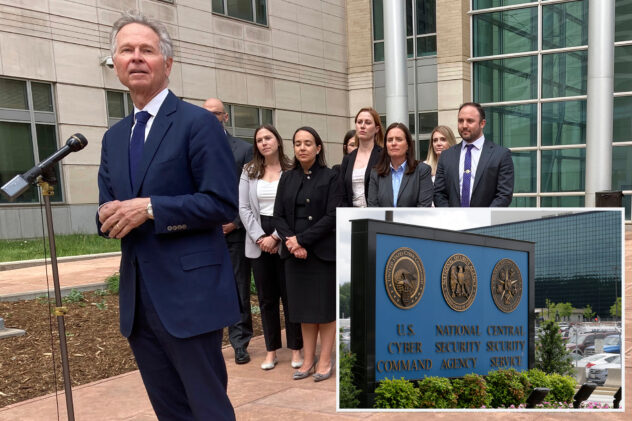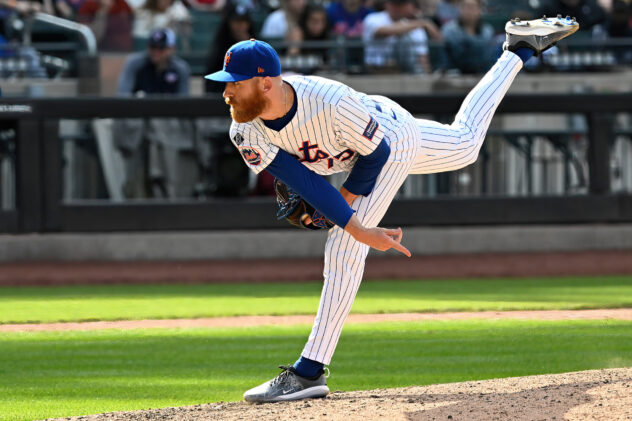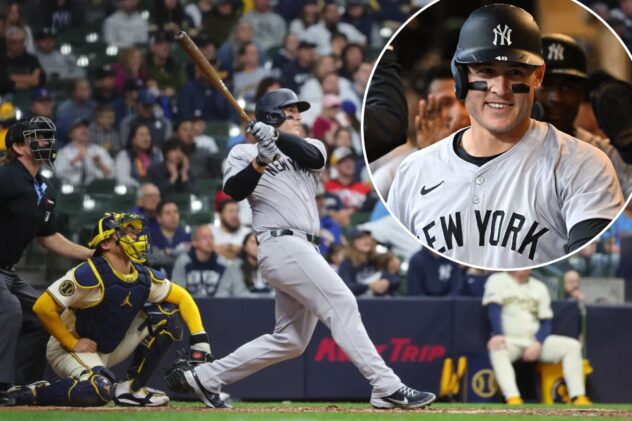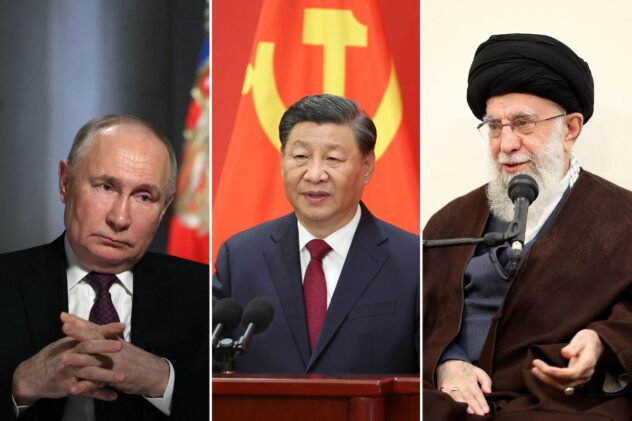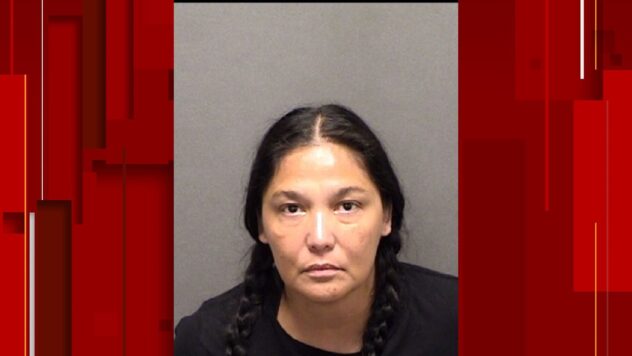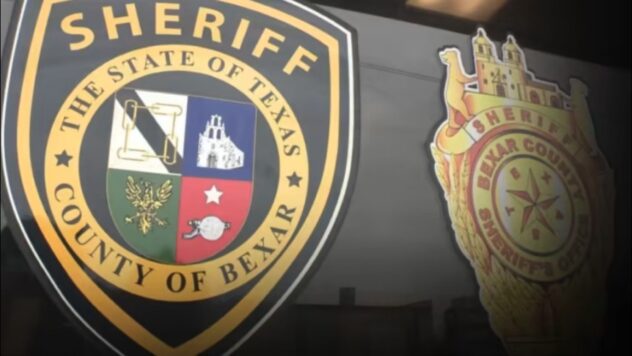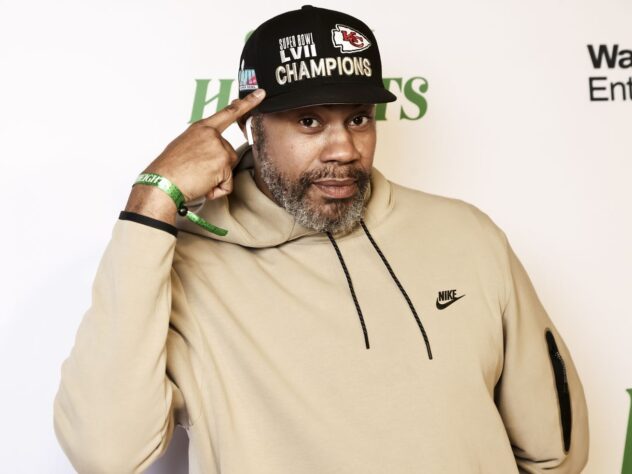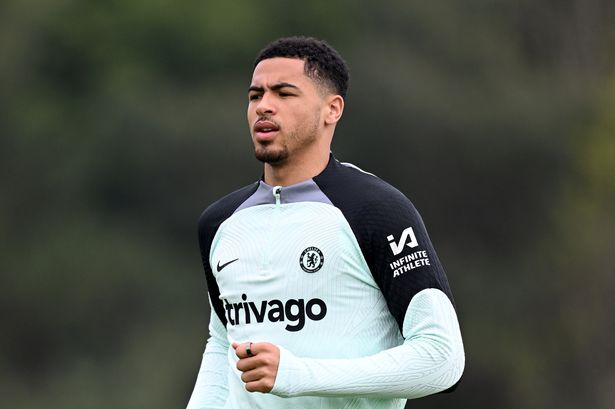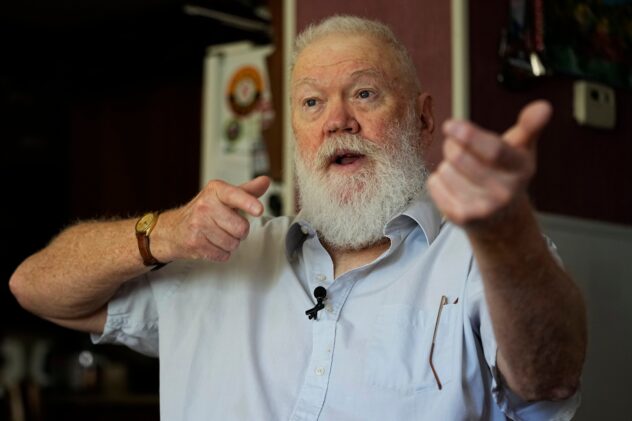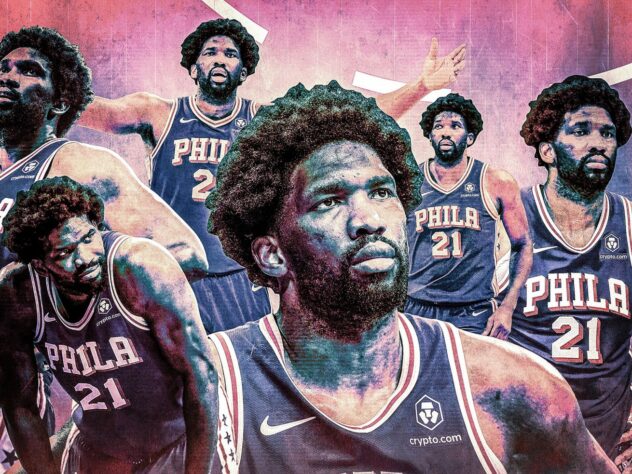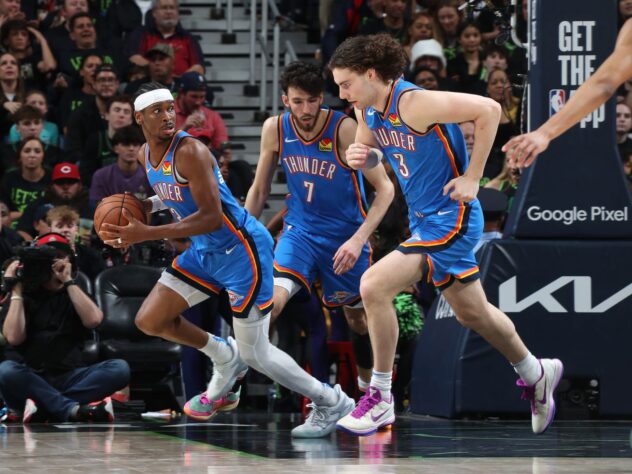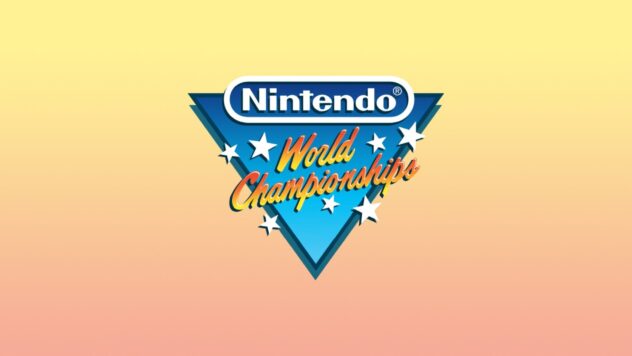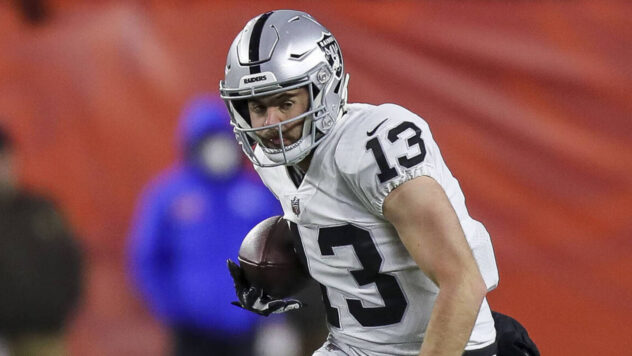Steve Cohen could use unprecedented approach for trading Mets aces, pitching free agency
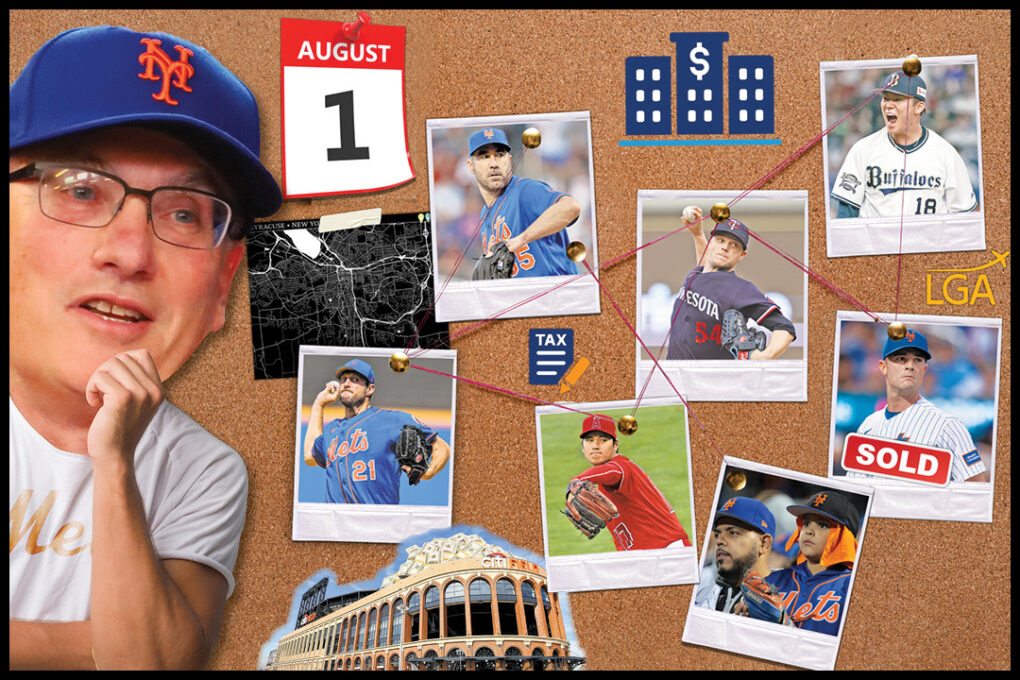
A month ago Marcus Stroman topped the list of quality starters expected to be traded before the Aug. 1 deadline. But then the Cubs won six in a row and eight of nine entering the weekend, and outside executives saw Chicago as a likely mild buyer.
It speaks to the volatility of the market, particularly the starting-pitching market. There are multiple complications, such as: Will the Mariners trade a controllable young starter such as Logan Gilbert or George Kirby? Will the Pirates do so with Mitch Keller or the White Sox with Dylan Cease, who can be a free agent after the 2024 season?
How will teams decide how to value Detroit ace Eduardo Rodriguez, who can opt out of the three years at $49 million due him after this season? Will the Padres be sellers and will Blake Snell be dealt?
Then there are Max Scherzer and Justin Verlander. The Mets are listening on the Hall of Fame-bound starters, but will only inquire if the pitchers will waive their no-trade clauses if they are tempted by an offer.


The Rangers are overheated to significantly improve their roster and have had a scout on the Mets for a while, and two scouts for each of Verlander’s past two starts. They also were interested in David Robertson, who was traded to the Marlins on Thursday night, and they continue to have interest in Tommy Pham and Brooks Raley. And Texas is not alone. The question really is about price.
Both Verlander and Scherzer are making $43.3 million this season. Both are due the same in 2024, if Scherzer picks up his option. Verlander can trigger a $35 million option for 2025 if he throws 140 innings in 2024 and finishes that season without an arm injury that would keep him from being ready for the 2025 campaign. The pair could have as little as about $74.5 million left combined to as much as about $153 million with all options triggered.
As one executive said, the first calculation is down to the “giveaway zone” — essentially, how much would the Mets have to eat of the remaining contracts to convince a team to take Scherzer or Verlander (due to their ages, injury concerns and lowered production) with no prospect return. Then, how much more would it have to be for the Mets to gain a prospect or prospects to make doing so worthwhile.
Various teams will have different dollar figures they could tolerate to absorb. But just as an idea, Verlander, who had a 1.46 ERA in his past six starts, is due roughly $94 million from now, assuming the $35 million option kicks in. Would Mets owner Steve Cohen have to eat half ($47 million) to just get Verlander off the roster and, say, $15 million-$20 million to basically buy a real prospect or prospects?

That would seem an uncrossable bridge — except we are still getting used to an owner like no other when it comes to finances. There are three items that make me wonder if Cohen would eat what is necessary to complete a trade if he perceived it would significantly improve the Mets’ prospect base:
1. Cohen has mentioned multiple times how unsettling it was not to be able to even talk to strong candidates to run the Mets baseball operations department because they were under contract elsewhere. If he was interested in hiring someone for his hedge fund who worked elsewhere, Cohen could in general offer a raise that made it possible. So, if there is a way to use money to gain what he wants (personnel, art, etc.), Cohen has shown a strong willingness to use it.
2. Cohen also has insisted he will judge his ownership by their ability to build a farm system that annually pumps high-end talent to the big club or puts them in play for any trade. He knows it takes significant time to build. He already has tried to speed it up with money for facilities and technology, so I’m sure he wouldn’t stop if he could add talent.
3. Cohen has shown a willingness to eat money. Through taking players off the 40-man roster or trades, Cohen has about $55 million in dead money this year via Robinson Cano, Eduardo Escobar, James McCann, Chris Flexen, Darin Ruf, Tommy Hunter, Tomas Nido and Dennis Santana. That nearly doubles when the “Steve Cohen Tax” is applied.

Want to add another $6 million-ish for the kind of guaranteed major league deals for optional depth the Mets have that most other teams would not? Think Elieser Hernandez, Joey Lucchesi, Danny Mendick, Sam Coonrod, John Curtiss and Jeff Brigham. Again, nearly double it with the tax.
Of that dead money, the Mets have roughly $12 million in obligations next year for McCann and Nido — their primary catchers in 2022. One thing to keep in mind if Cohen adds Scherzer or Verlander dead money in 2024, as a third-time payer, the Mets’ top-tier tax rate will climb from 90 percent to 110 percent. But, again, that so far has played like pennies to Cohen. So unless he shifts his financial philosophy, the bigger questions might be:
Does he believe the Mets’ best chance to win in 2024 is with Scherzer and Verlander still in the rotation. or does building the farm system trump even that? Scherzer and Verlander will pitch at 39 and 41, respectively, next year. Do the Mets believe they are better off retaining them, plus Jose Quintana and Kodai Senga, and just try to find one more starter to replace Carlos Carrasco rather than land two or three free agents should they trade Scherzer, Verlander or both?
If the Mets were to trade one or both, the cost for Cohen would not just be what is eaten plus the tax, but also what it takes to replace them. The most likely area is free agency if the Mets remain unwilling to deal strong prospects while continuing to grow their farm system.
Shohei Ohtani will headline the free-agent market (for hitters and pitchers), and Orix Buffaloes ace Yoshinobu Yamamoto has a strong chance of coming to MLB, with Chiba Lotte Marines sensation Roki Sasaki a much lower possibility. Snell, Aaron Nola and Julio Urias are probably the next level, and Rodriguez and Stroman are likely to trigger opt-outs to join the free-agent market with Jack Flaherty, Lucas Giolito, Sonny Gray and Luis Severino.
It is hard to imagine any owner substantially paying down the cost of Scherzer or Verlander to make them attractive in trades, then diving right back into the market to replace them. But Cohen has forced the industry to think differently.

